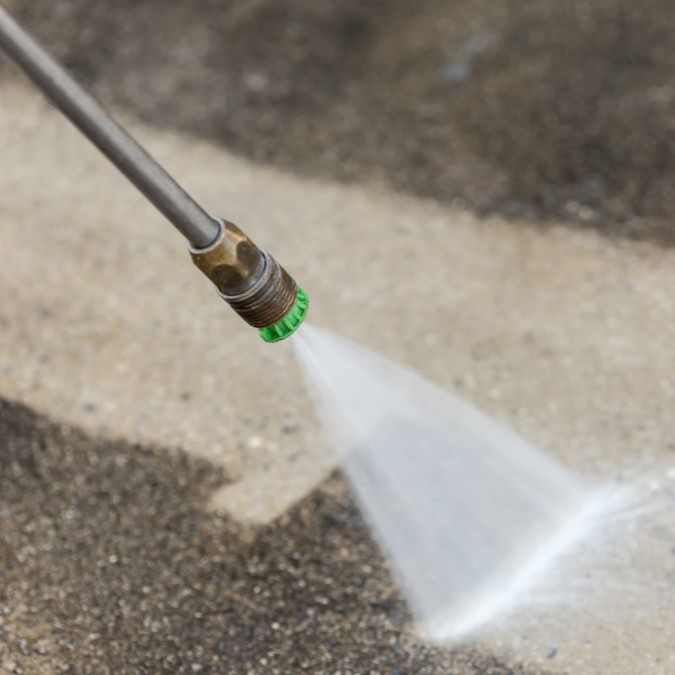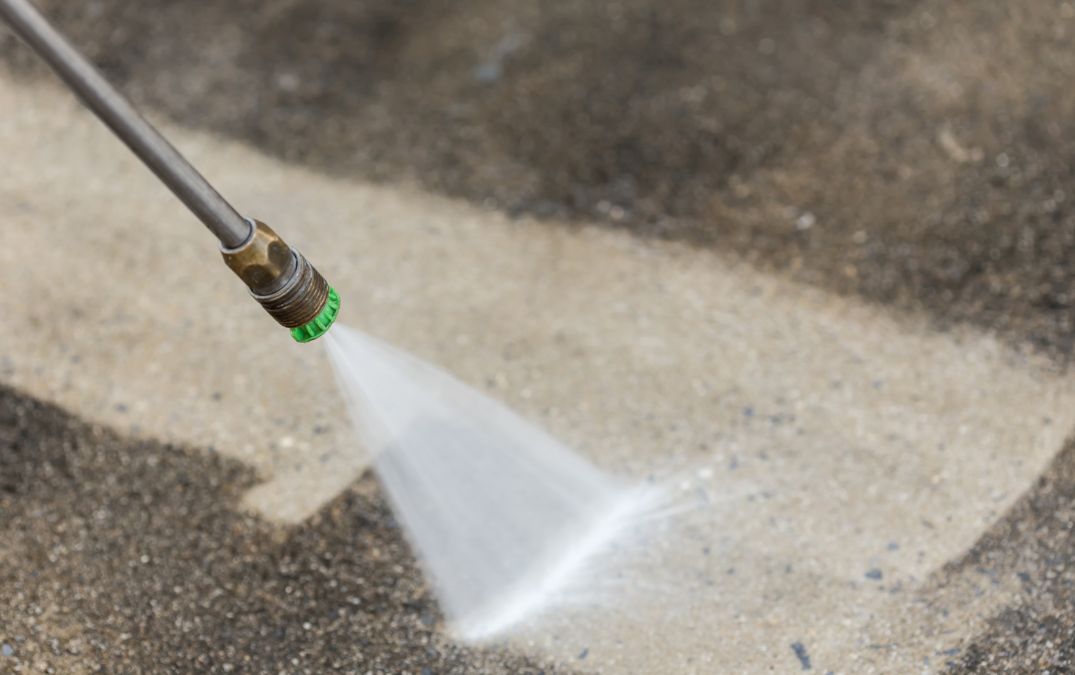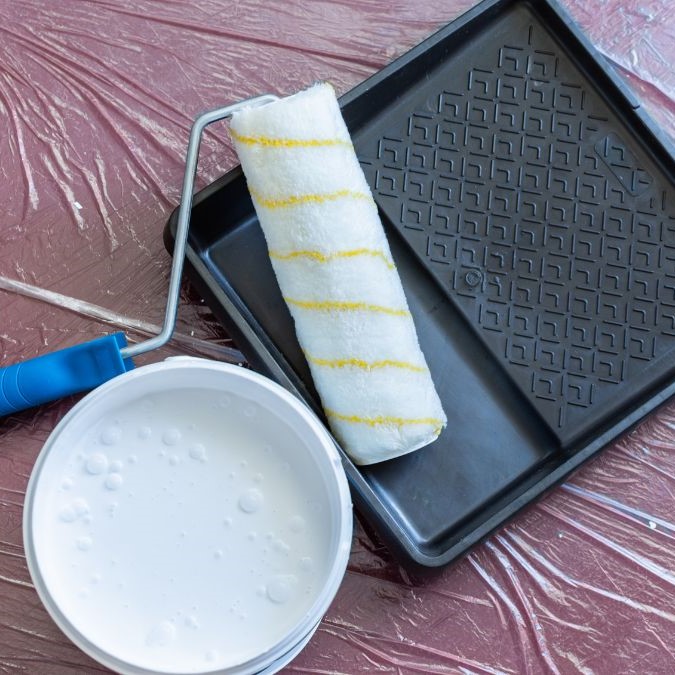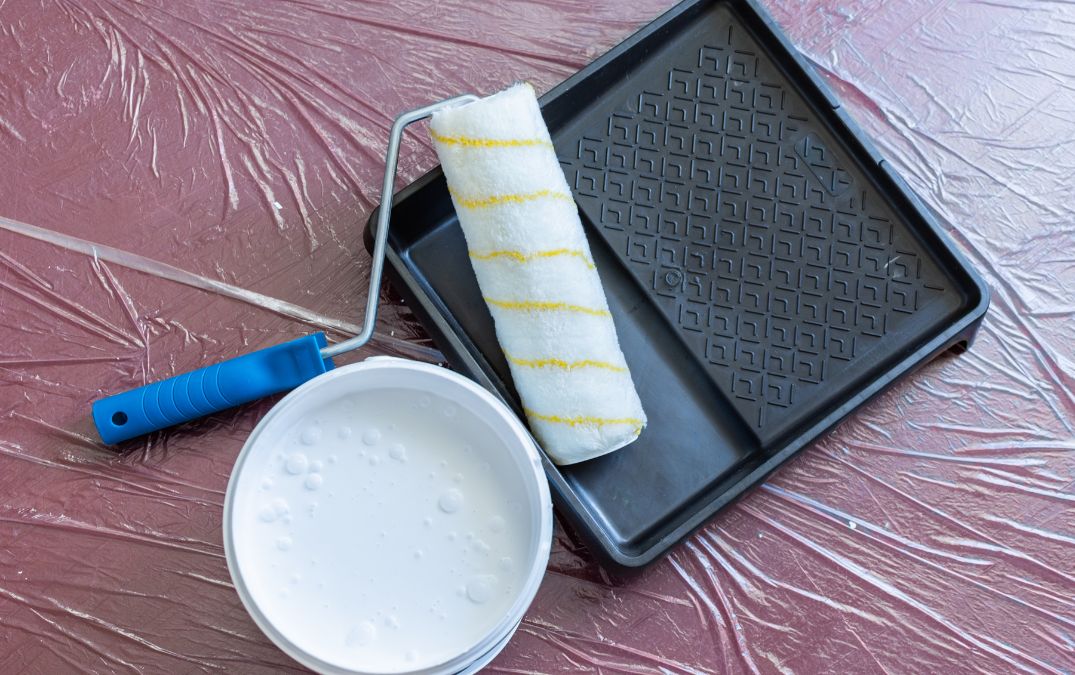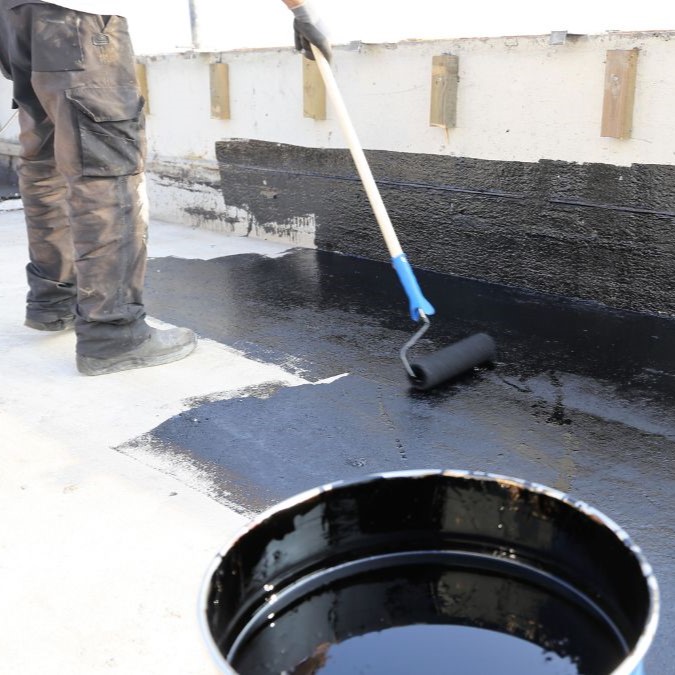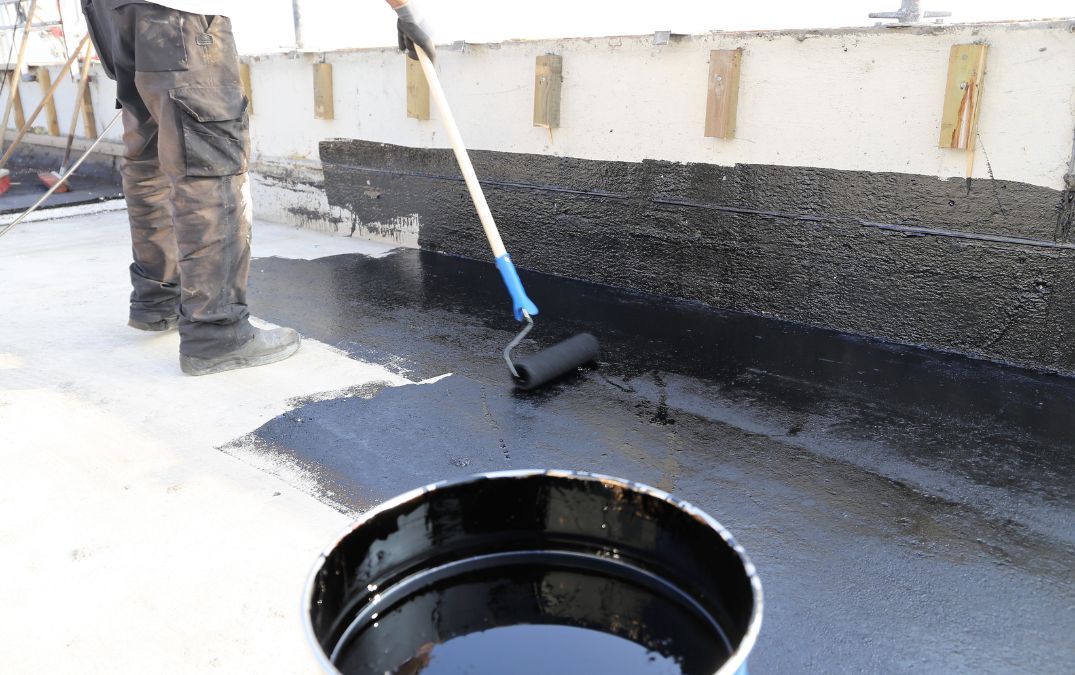Prepare the concrete for sealing
First things first, you’ve got to clean that floor thoroughly. Sweep away any loose debris and dirt. For tougher grime, use a degreaser or a concrete cleaner. A power washer can be a great tool if you’ve got one handy. The goal is to get the surface as clean as possible because any dirt left behind can prevent the sealer from sticking properly.
Next up, check for any cracks or damage. You don’t want to seal over imperfections because they’ll just get worse over time. Use a concrete patching compound to fill in any cracks or holes. Smooth it out and let it dry completely. A well-prepped surface makes all the difference in the final result.
Finally, make sure the floor is completely dry before you apply the sealer. Moisture trapped under the sealer can cause it to peel or bubble. If you’ve used water to clean the floor, give it plenty of time to dry out. You might even use a moisture meter to be sure.
